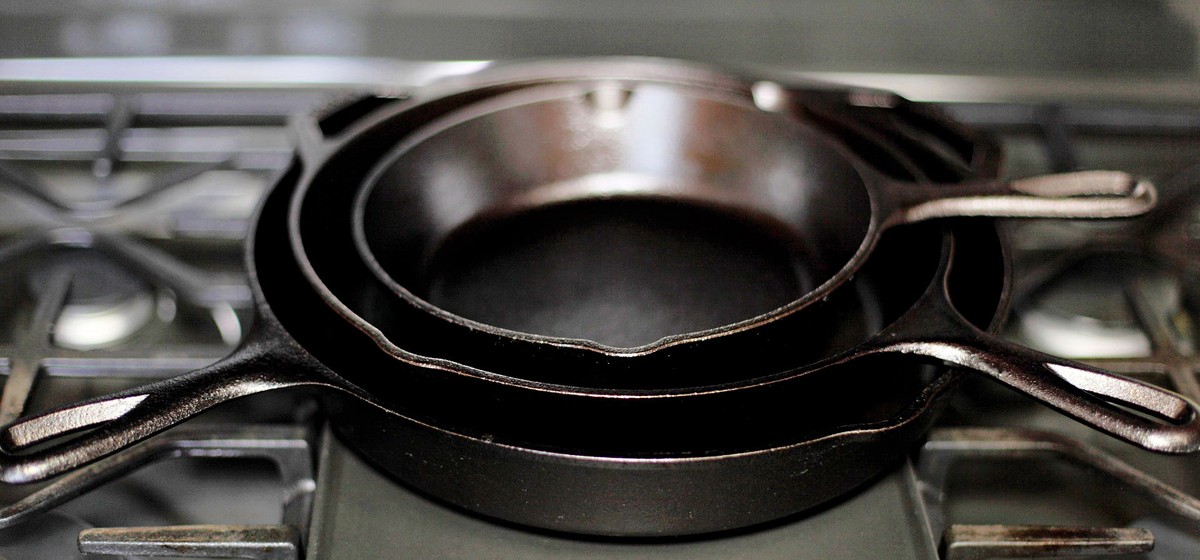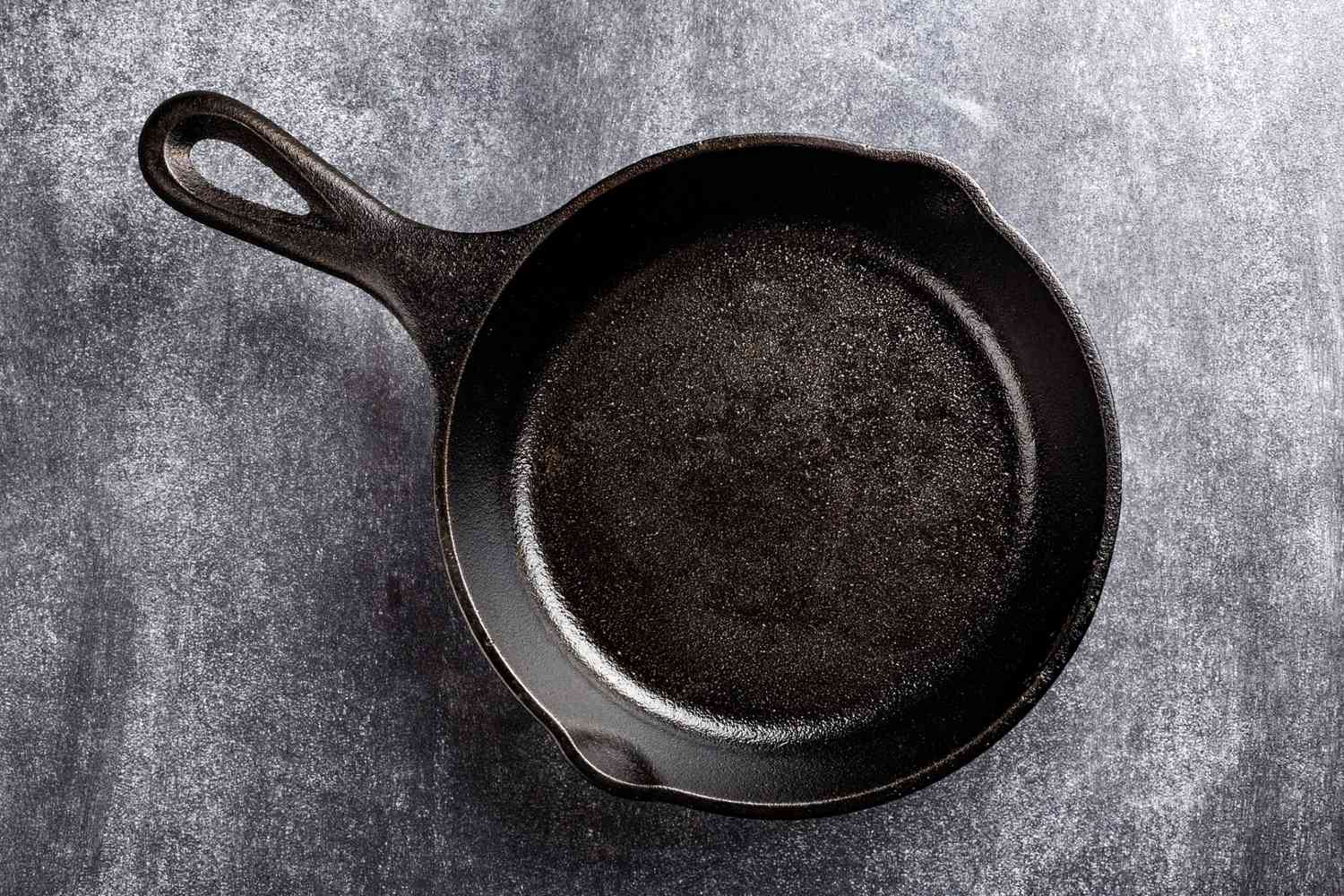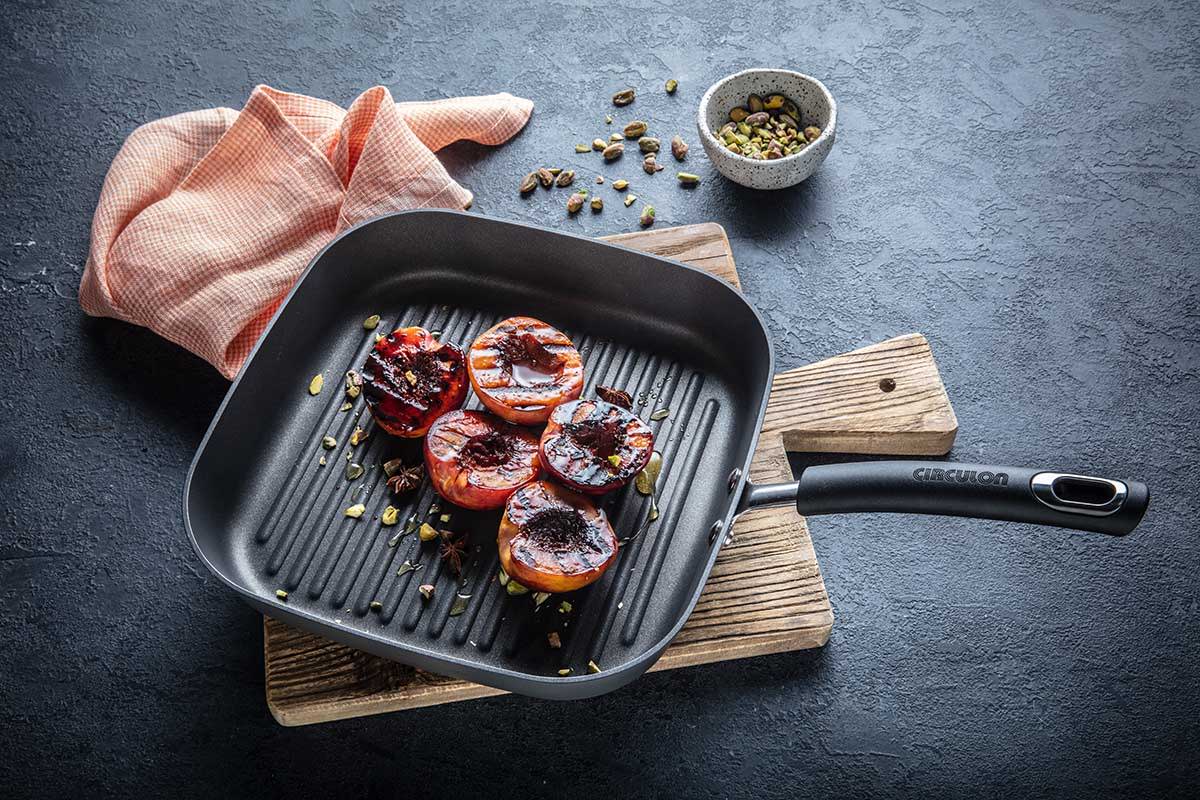When it comes to maintaining your cast iron cookware, you might be wondering, why is olive oil bad for seasoning cast iron? As a kitchen professional, understanding the right way to season your pans can make a significant difference in their performance and longevity. In this article, well dive into the relationship between olive oil and cast iron seasoning, while exploring the best practices for ensuring that your cookware remains in top shape.

The Connection Between Olive Oil and Cast Iron
Olive oil is often celebrated for its health benefits and culinary versatility, making it a staple in many kitchens. However, using olive oil for seasoning cast iron can lead to certain issues.
Why Olive Oil Might Not Be Ideal
One of the primary reasons why is olive oil bad for seasoning cast iron comes down to its low smoke point. Olive oil has a smoke point varying from 320F to 410F, depending on the type and processing method. When seasoning cast iron, you need an oil that can withstand high temperatures without breaking down.
When oil begins to smoke, it can release harmful compounds and produce an unpleasant flavor that can transfer to food cooked in the pan. This breakdown can also lead to sticky residue instead of the desired non-stick patina.
Recommended Oils for Seasoning Cast Iron
If olive oil falls short, what should you use instead? Here are some oils that are more suitable for seasoning:
- Canola Oil: With a smoke point of about 400F, canola oil is a great choice for seasoning.
- Flaxseed Oil: Known for its high smoke point and polymerization properties, flaxseed oil is highly recommended for cast iron.
- Grapeseed Oil: Another oil with a high smoke point, grapeseed oil combines efficiently with cast iron.
How to Properly Season Cast Iron Cookware
To maximize the use of your cast iron pans, seasoning them properly is essential. Heres a step-by-step guide:
- Start by cleaning your pan thoroughly. Use hot water and mild soap, scrubbing gently with a brush or sponge.
- Dry the pan completely to avoid rust.
- Apply a thin layer of your chosen oil evenly across the surface, including the handle.
- Place the pan upside down in an oven at 375F for an hour. Place a baking sheet or foil on the lower rack to catch any drips.
- Allow it to cool and repeat if necessary for a thicker seasoning layer.
For more detailed guidance, check out this link: How to Season Cast Iron.
Common Mistakes When Seasoning Cast Iron
Even seasoned pros can make missteps when it comes to cast iron care. Lets look at some common mistakes:
- Using too much oil: Even the best oils should only be applied in thin layers. Over-oiling can leave a greasy surface and hinder the seasoning process.
- Not Preheating the Oven: For optimal results, ensure your oven is fully preheated before placing your pan inside.
- Skipping the Cool-Down: Allow your pan to cool gradually in the oven post-seasoning. Rapid temperature changes can warp the pan.

FAQs
Why is olive oil considered bad for seasoning cast iron?
Olive oil has a relatively low smoke point and can break down at high temperatures, leading to undesirable flavors and stickiness.
What oils are best for seasoning cast iron?
Oils like canola oil, grapeseed oil, and flaxseed oil are great choices due to their higher smoke points and better polymerization properties.
How often should I season my cast iron pan?
It largely depends on usage, but generally, its recommended to season cast iron cookware every few months or if you notice food sticking.
For additional insights on removing old seasoning, check out: Removing Old Seasoning.
As an Amazon Associate, I earn from qualifying purchases.





Leave a comment
This site is protected by hCaptcha and the hCaptcha Privacy Policy and Terms of Service apply.